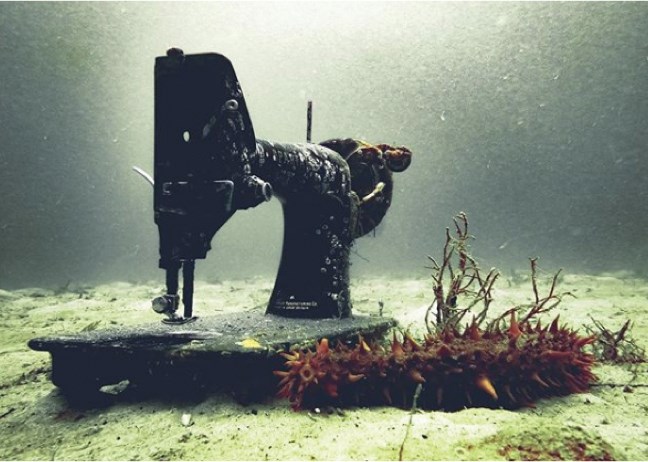Divers with the SeaChange Marine Conservation Society were scheduled to return to the waters of Porpoise Bay this week to start mapping areas for the next phase of the Salish Sea Nearshore Habitat Recovery Project.
Dianne Sanford, regional coordinator for the project, told Sechelt council Feb. 6 that with approval from the shíshálh Nation, one of the partners in the project, they’ll finish debris removal and then consider the next steps.
“We’re hoping that in the near future we’ll be able to expand from just debris to derelict vessels,” she said. “We’re also going to look at prioritizing other areas of Sechelt Inlet for potential restoration, including debris removal, shoreline and eelgrass restoration.”
The work, part of a four-year project funded by the federal government’s Coastal Restoration Fund, began last year.
The Collective Effort, a 26-foot aluminum pontoon barge, arrived in Porpoise Bay accompanied by the dive boat Klanawa in November 2018. With expedited approval from the shíshálh Nation, the debris removal project took place over 15 dive days.
The District of Sechelt and the SCRD were instrumental in making this phase of the project work, while Howe Sound Pulp and Paper donated tote bags in which to contain the marine debris. A total of 5.23 tonnes (11,530 lbs.) of debris was removed from the bottom of Porpoise Bay.
The collaborative effort of the shíshálh Nation, local governments, SeaChange Marine Conservation Society, and local citizens who provided their time and insight on the project, were key to the success of this first venture of the Salish Sea Nearshore Habitat Recovery Project in Sechelt Inlet.
For more information or to become involved, contact Sanford at [email protected]



